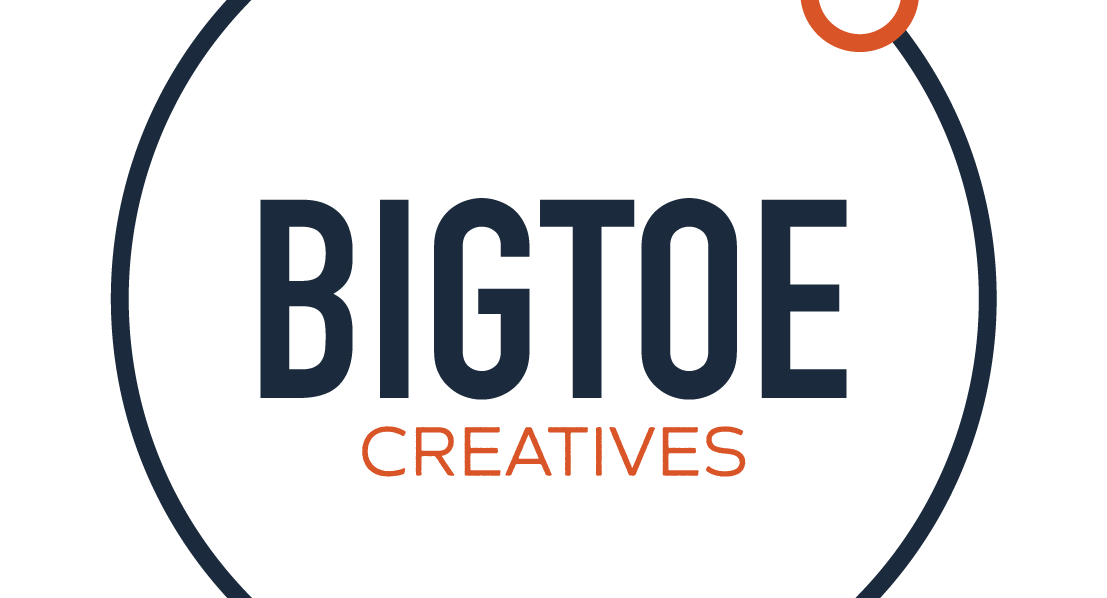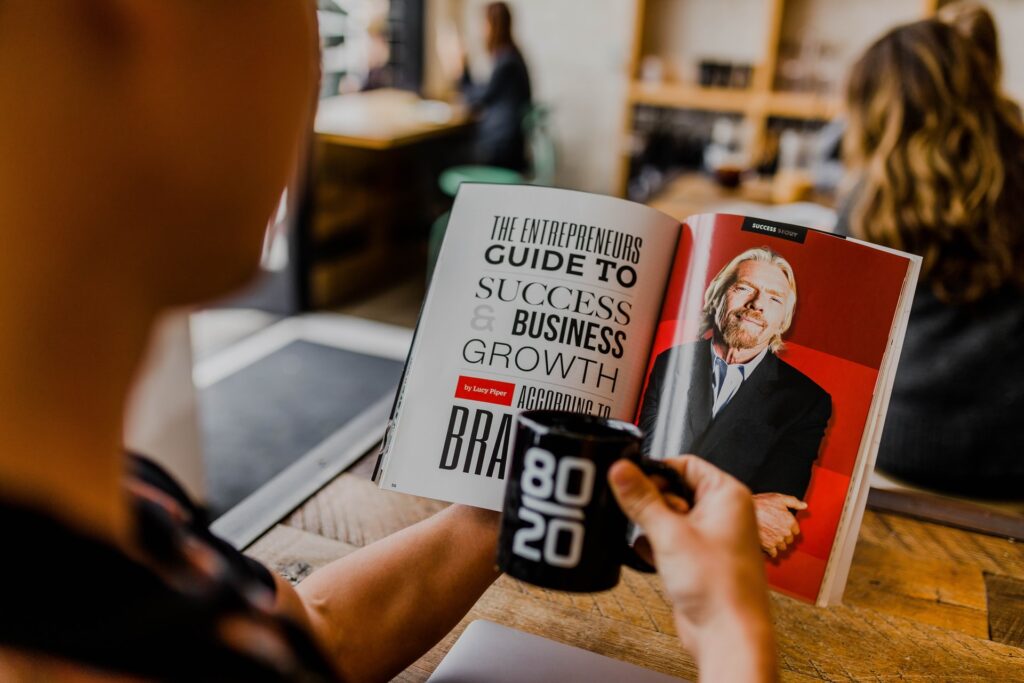Are you looking to get into the ecommerce business? Or perhaps it’s time to update your online shop?
If there’s one thing that you need to focus on while creating your ecommerce store, it’s building a user-friendly online shop. User-friendliness means that visitors to your website have an easy-to-understand and enjoyable experience while shopping with you.
Think about it – how often have you stumbled across a website only to be bitterly disappointed by the poor experience you’ve just had? That’s called a bad user experience. And a bad user experience is something you want to avoid at all costs when it comes to building a website!
It can be challenging to create a user-friendly online shop, but there are a few things you can do to ensure you make your website fun for your customers. Here are our top tips for an ecommerce website developer building an easy-to-use online shop.
4 Tips for building a user-friendly online shop
1. Choose the best ecommerce platform
You have many choices when building an online store. The first thing to consider is which ecommerce platform you will use. Some of the most popular options are Shopify, WooCommerce, Wix, Squarespace and Prestashop.
The best ecommerce platform for your user-friendly online shop will significantly depend on your level of experience when setting up websites. While most are fairly easy to use, there are more beginner-friendly ones.
For example, if you are a new ecommerce website developer, Shopify is the best ecommerce platform to use. It is user-friendly and includes a simple drag-and-drop website builder that makes designing websites and adding products and pages easy.
Shopify does not require too much backend knowledge. However, you will need to host your domain separately (Shopify can also help with this). It is easy for clients to manage their own Shopify stores, too.
If you are an advanced ecommerce website developer, WooCommerce is the best ecommerce platform for you. WooCommerce is a plugin for WordPress and allows you to transform an existing web page into a user-friendly online shop without too much effort.
2. Optimise your online shop’s website speed
The loading speed of any website is crucial for building any type of user-friendly website – but, especially for user-friendly online shops. If your website is too slow, customers will leave the store before they make a purchase. As a rule of thumb, the average loading time for a website should be under three seconds, with one – two seconds being optimal. If your online store takes longer than three seconds to load, you could lose a lot of visitors and potential revenue.
There are a few things you can do to cut down on loading times. Firstly, you will need to compress any images on your website as this can often cause web speeds to spike. Secondly, you can use Google’s Page Speed Insights to track the speed of your website.
This service will give you many factors to consider when it comes to your website. File size optimisation is another central element to consider when improving a website’s loading speed.
3. Create a user-friendly user journey
Setting up user-friendly navigation is one of the basics of web design. When developing an online store, you need to introduce categories, sub-categories and internal variations within your store.
All of these organisational systems help your visitors find products quickly. You should also add a breadcrumb on each of your web pages to help them navigate your website to find the right product, including product categories and similar products. These breadcrumbs are usually listed above or below the title tag of a given page. However, you can change this up if needed.
You will also need to ensure that your online shop has a well-functioning search engine that helps customers find products quickly.
4. Ensure your website is updated regularly
It’s not enough to create a website and think you are finished with the project. Ensuring that your online shop remains user-friendly involves regularly updating it. Businesses constantly have updates in their inventory, and different seasons may offer specific promotions. Additionally, companies may undergo rebranding and will need to update their information and do an entire website redesign.
Some of the kinds of elements that need to be updated regularly include:
- New products and promotions (images, titles, prices)
- Website content such as images and videos for your products and blog posts
- Up-to-date contact information
- New call-to-action buttons (CTAs)
- New colours or branding
- Social media sharing functionality
- New landing pages
See also Incorporating Branding into your Web Design
Ecommerce website examples
Here are some ecommerce website examples of genuinely great online stores.
Takealot
If you’re in South Africa, you’ve probably heard of this one. While Takealot is a household name, it started as an online store and has developed into one of the most popular and user-friendly online shops in South Africa. Millions of customers use it daily. Some of the best features that Takealot offers is a well-established search engine and a large variety of products.
We like the Takealot website because it is easy to use and has set the standard for online shops in South Africa.
Coal and Canary
Coal and Canary is a candle shop based in the United States. We think this is one of the best ecommerce website examples of a niche store with mass appeal. This store has an attractive web design as well as a well-built navigation system. This website shows that even if you sell a limited range of products in your online shop, you don’t need to limit your navigation (or creativity).
We love this site because it is creative, eye-catching and well-designed to provide a memorable user experience.
Local Grind
Local Grind is an online coffee shop based in Cape Town, South Africa. We think this is a great ecommerce website example of varied and layered menu design. They also use featured products to make their monthly deals stand out and use high-quality professional imagery.
We also love this store not only because it’s a great user-friendly online shop, but because it stocks a large variety of South African coffee brands – and we can’t get enough coffee every morning!
Faithful to Nature
Faithful to Nature, also known as FtN, is an online wellness store focusing on vegan, cruelty-free, organic products. FtN has undergone a radical web transformation and now offers a well-designed website, robust navigation, high-quality imagery, and product recommendations. It is one of the best examples of a local, sustainable online store.
We love this store because the search engine works well, the images are eye-catching, it has a simple ordering process, and the delivery prices are clearly communicated.
Get your online store basics right
It can be challenging to build a user-friendly online shop as there are many elements to consider! When it comes to all things user friendliness, you should aim to improve your website’s loading speed, build solid navigation, update your website regularly and choose the best ecommerce platform when building your store – among other things!
While we admit our list is not exhaustive, we hope you’ve got a great starting point when it comes to all things ecommerce website development.
If you need a quick fix, get in touch with BigToe Creatives – we’d love to help you set up a unique online store.



